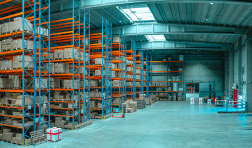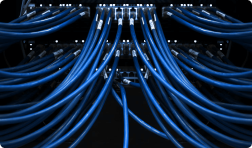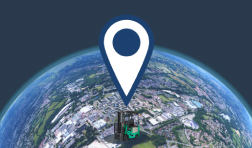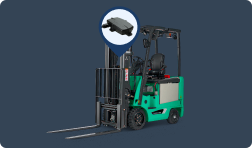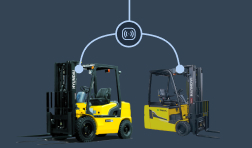Telematics Explained: Revolutionizing Equipment Management
Dive deep into the world of telematics and uncover how this transformative technology is reshaping the management of heavy equipment, construction machinery, and forklifts. From real-time tracking to enhanced safety measures, telematics offers a plethora of benefits. Learn how you can harness its power to optimize operations, reduce costs, and make data-driven decisions.
Understanding Telematics: A Comprehensive Overview
Telematics is a method of monitoring the location and movement of a vehicle or equipment by combining GPS technology with on-board diagnostics. It’s the technology behind the modern GPS systems used in many vehicles today. Telematics systems gather data such as speed, location, and engine status, which can then be analyzed to improve efficiency and safety.
Clear Telematics specializes in providing GPS monitoring solutions specifically designed for heavy equipment, construction equipment, and forklifts. Our telematics systems are tailored to meet the unique needs of equipment owners, focusing solely on essential features that are most beneficial to our clients. This targeted approach allows us to offer our services at an affordable price, making us an economical alternative to other providers.
History of Telematics
The history of telematics dates back to the 1960s with the development of the first GPS systems. The term “telematics” combines telecommunications and informatics to describe the technology of sending, receiving, and storing information relating to remote objects, like vehicles, through telecommunication devices. Over time, telematics has evolved to include a range of technologies and applications, from vehicle tracking and fleet management to insurance and more. Today, telematics is an integral part of many industries, providing valuable insights and data that can be used to improve operations and drive innovation.
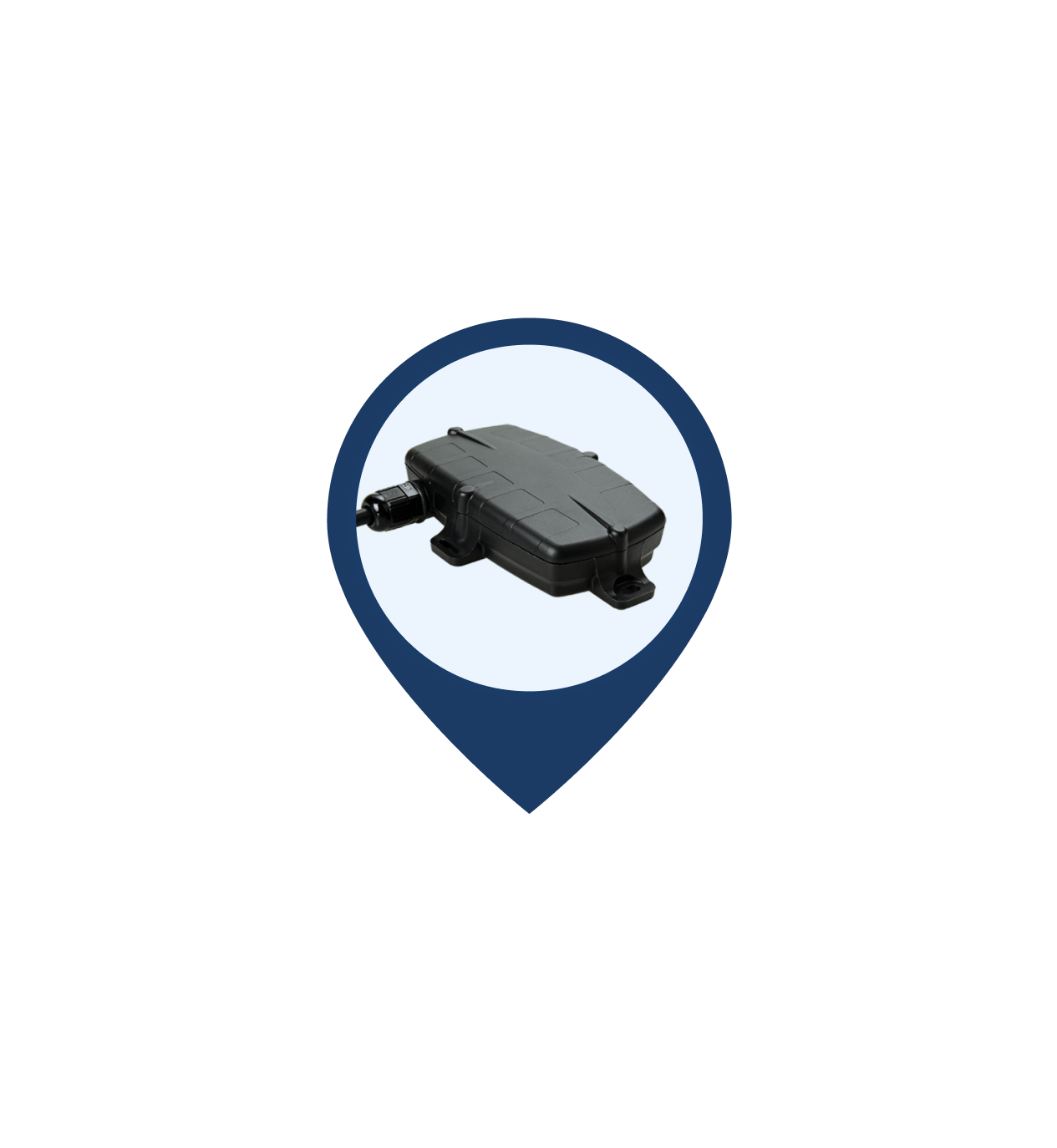
Is there a simpler way to manage your equipment?
Learn how Clear Telematics can benefit your business by scheduling a free phone meeting with one of our representatives.
How Telematics Technology Works: Breaking Down the Basics
Telematics systems, like those offered by Clear Telematics, utilize state-of-the-art GPS technology and a range of sensors to collect and transmit crucial data about your vehicles. Our GPS technology precisely tracks the location of each vehicle in your fleet, providing you with real-time visibility and valuable insights. This data is then seamlessly transmitted to a central server, where it is analyzed and presented in an easy-to-understand format, giving you the power to make informed decisions that can significantly improve your operations.
The Core Components of a Telematics System
Telematics systems are fundamentally composed of devices, software, GPS technology, and communication systems that work in tandem to provide simple tracking and monitoring solutions. The devices, equipped with GPS technology, are installed in vehicles or equipment to gather accurate location data. These devices also contain sensors that capture a range of metrics pertinent to the vehicle’s operation.
The collected data is then transmitted via communication systems to the central software platform. This transmission ensures that the data is readily available for analysis and interpretation. The software platform plays a crucial role in processing the data, transforming it into actionable insights that can be used to enhance fleet efficiency, monitor vehicle health, and improve driver performance.
In essence, the synergy between the devices, GPS technology, communication systems, and software forms the backbone of any telematics system, providing a holistic solution for tracking, monitoring, and optimizing vehicle operations.
Telematics Companies
The role of telematics companies is not just limited to providing hardware and software solutions. They are also innovators and problem-solvers, constantly evolving their offerings to meet the changing needs of their clients. From logistics and transportation to construction and public services, telematics companies tailor their solutions to suit the unique challenges of each sector.
In this landscape, Clear Telematics stands out by offering focused and economical solutions specifically designed for heavy equipment and construction equipment.
Applications of Telematics
Telematics is a transformative technology with a wide range of applications that can significantly benefit various industries. It is commonly used for vehicle tracking, fleet management, and insurance purposes, as well as driver safety programs. In the realm of vehicle tracking and fleet management, telematics provides real-time data on vehicle location, helping businesses improve overall fleet efficiency. In the insurance sector, telematics is used to assess driver behavior and calculate premiums accordingly. Additionally, telematics plays a crucial role in enhancing driver safety by monitoring driving habits and providing feedback for improvement.
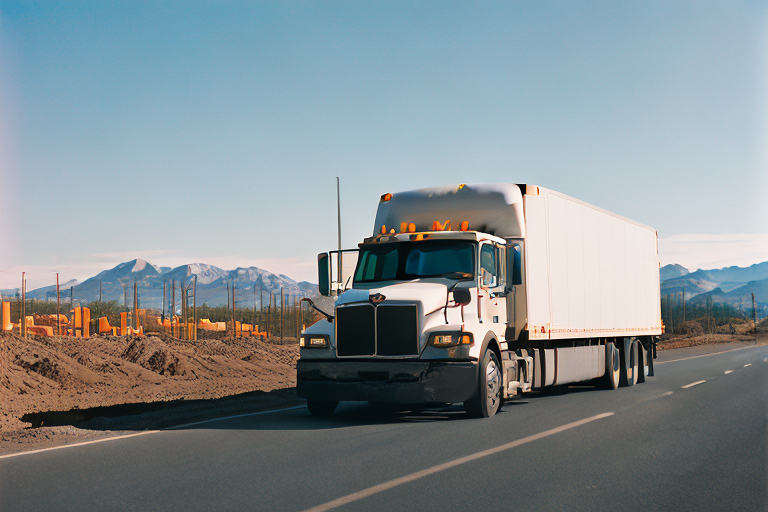
Benefits of Implementing Telematics in Your Operations
The benefits of implementing telematics in your operations are substantial. The system provides you with real-time data on the location of your equipment, which is crucial for improving fleet efficiency and ensuring your assets are utilized to their fullest potential. This, in turn, can lead to significant cost savings. Additionally, it is an invaluable tool for enhancing the safety and security of your equipment, as it allows you to monitor their whereabouts at all times, providing peace of mind.
Clear Telematics takes these benefits to the next level by offering a range of features tailored to meet the unique needs of equipment owners in the heavy equipment, construction equipment, and forklift industries. Our systems are comprised of devices, software, GPS technology, and communication systems that work seamlessly together to provide a simple telematics solution. Our devices are designed to be compatible with a range of equipment, including heavy construction and agriculture equipment, ensuring seamless integration into your existing infrastructure. The GPS technology provides accurate location data, while our robust communication systems ensure secure and efficient data transmission.
In addition to these core benefits, Clear Telematics offers features such as theft prevention and recovery, service scheduling, durable devices, and high encryption security. These features are designed to provide you with peace of mind and ensure that your equipment is monitored and managed efficiently.
Challenges and Concerns
While telematics offers many benefits, there are also challenges and concerns associated with its use. Privacy is a major concern, as telematics systems can track a driver’s every move. Additionally, the security of the data collected by telematics systems is a concern, as it could be vulnerable to hacking or other cyberattacks.
Future Trends and Developments in Telematics Technology
The future of telematics technology is bright, with many exciting developments on the horizon. The integration of artificial intelligence and machine learning technologies is expected to revolutionize the way businesses manage their fleets and equipment. Other trends to watch include the use of blockchain technology for data security and the development of autonomous vehicles.
The future trends and developments in telematics technology are exciting, and businesses that adopt this technology can expect to see significant improvements in their operations and bottom line.
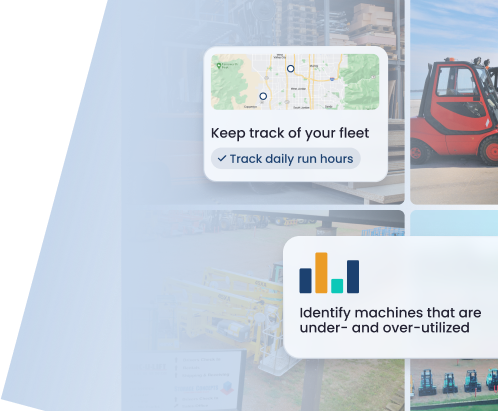
How it Works
As the owners of more than 1,500 industrial machines, we wanted one economical way to track all our equipment.
Designed for economy in the real world
One simple system for all your equipment
Sturdy hardware that fits any machine
Choosing the Right Telematics Solution for Your Needs
When choosing a telematics solution, it’s important to consider your specific needs and requirements. There are many different telematics solutions available, each with its own features and capabilities. Some of the factors to consider when choosing a telematics solution include:
- The size of your fleet: Different telematics solutions are designed for different fleet sizes, so it’s important to choose a solution that is suitable for your fleet.
- The type of vehicles and equipment you have: Different telematics solutions are designed for different types of vehicles and equipment, so it’s important to choose a solution that is compatible with your fleet.
- Your budget: Different telematics solutions have different pricing structures, so it’s important to choose a solution that fits your budget.
Clear Telematics provides a versatile and economical solution that caters to the diverse needs of equipment owners, ensuring that you receive the most value for your investment. Our system is specifically designed to accommodate fleets of all sizes, from small operations to large enterprises, ensuring that your specific fleet requirements are met. Additionally, our telematics solution is compatible with a wide range of vehicles and equipment, including heavy construction equipment, agriculture equipment, and forklifts, providing you with a tailored solution that fits your unique fleet composition. Furthermore, our competitive pricing structure ensures that you receive a top-quality telematics solution that fits within your budget, delivering essential features and valuable data to enhance your operations without breaking the bank.
Clear Telematics: Your Partner in Success
Clear Telematics is your partner in achieving your goals, providing you with the tools and insights you need to improve efficiency, safety, and performance. Our telematics solutions are specifically designed to meet the unique needs of equipment owners, focusing solely on essential features that are most beneficial to our clients.
With Clear Telematics, you can have peace of mind knowing that your equipment is being monitored and tracked in real-time, providing you with valuable insights that can help you make informed decisions. Our systems are also designed to be durable and reliable, with both wired and battery-powered devices available to suit your needs.
Explore the full spectrum of Clear Telematics benefits.
Resources & References
- Telematics
- Vehicle Telematics for Safer, Cleaner and More Sustainable Urban Transport: A Review
- Top 14 Benefits of Telematics Beyond Tracking
- Fleet management trends 2023: EVs & Telematics evolution
Frequently Asked Questions
- Q: What is telematics?
- A: Telematics is a method of monitoring the location and movement of a vehicle or equipment by combining GPS technology with on-board diagnostics.
- Q: What problem does telematics solve?
- A: Telematics solves a range of problems, including improving efficiency, safety, and performance, as well as reducing operational costs.
- Q: Does telematics track your location?
- A: Yes, telematics systems use GPS technology to track the location and movement of a vehicle or equipment.
- Q: How does telematics communicate?
- A: Telematics communicates by transmitting data from the vehicle or equipment to a central server where it can be analyzed and used to improve efficiency, safety, and performance.
- Q: Why do I need telematics?
- A: Telematics can provide valuable insights into the location, speed, and engine status of your vehicle or equipment, helping you make informed decisions and improve efficiency, safety, and performance.
- Q: What are the main benefits of telematics?
- A: The main benefits of telematics include improved efficiency, safety, and performance, as well as reduced operational costs.
- Q: Can telematics integrate with third-party systems?
- A: Yes, telematics systems can integrate seamlessly with third-party systems, providing a simple solution for your needs.
- Q: How does telematics improve driver safety and performance?
- A: Telematics can be used to monitor driver behavior and provide feedback on areas for improvement, helping to improve driver safety and performance.
- Q: What types of equipment can telematics systems monitor?
- A: Telematics systems can monitor a wide range of equipment, including heavy equipment, construction equipment, and forklifts.
- Q: What types of devices are available for telematics systems?
- A: Telematics systems can use a range of devices, including wired and battery-powered devices, to suit the needs of equipment owners.
- Q: How does real-time tracking and monitoring work?
- A: Real-time tracking and monitoring work by using GPS technology to track the location and movement of equipment, providing valuable insights that can be used to improve operations.
- Q: What types of data does telematics systems collect?
- A: Telematics systems collect data on location, speed, and engine status, as well as other vital parameters.
- Q: How secure is the data collected by telematics systems?
- A: Telematics systems use high encryption security to protect the data collected, ensuring that it is secure and confidential.
- Q: What future trends and developments in telematics technology should I be aware of?
- A: Future trends and developments in telematics technology include the integration of artificial intelligence and machine learning, the use of blockchain technology for data security, and the development of autonomous vehicles.
- A: Future trends and developments in telematics technology include the integration of artificial intelligence and machine learning, the use of blockchain technology for data security, and the development of autonomous vehicles.

